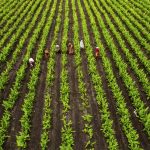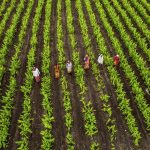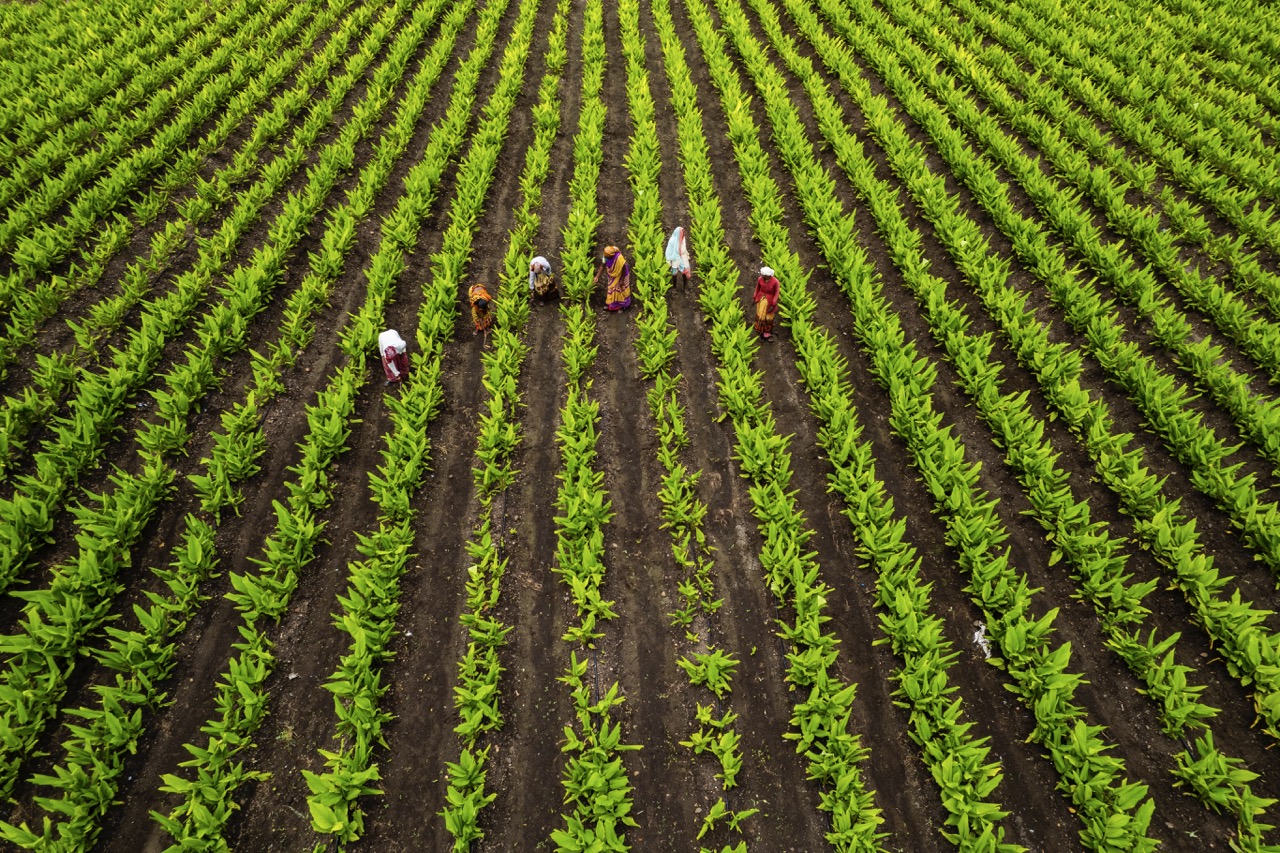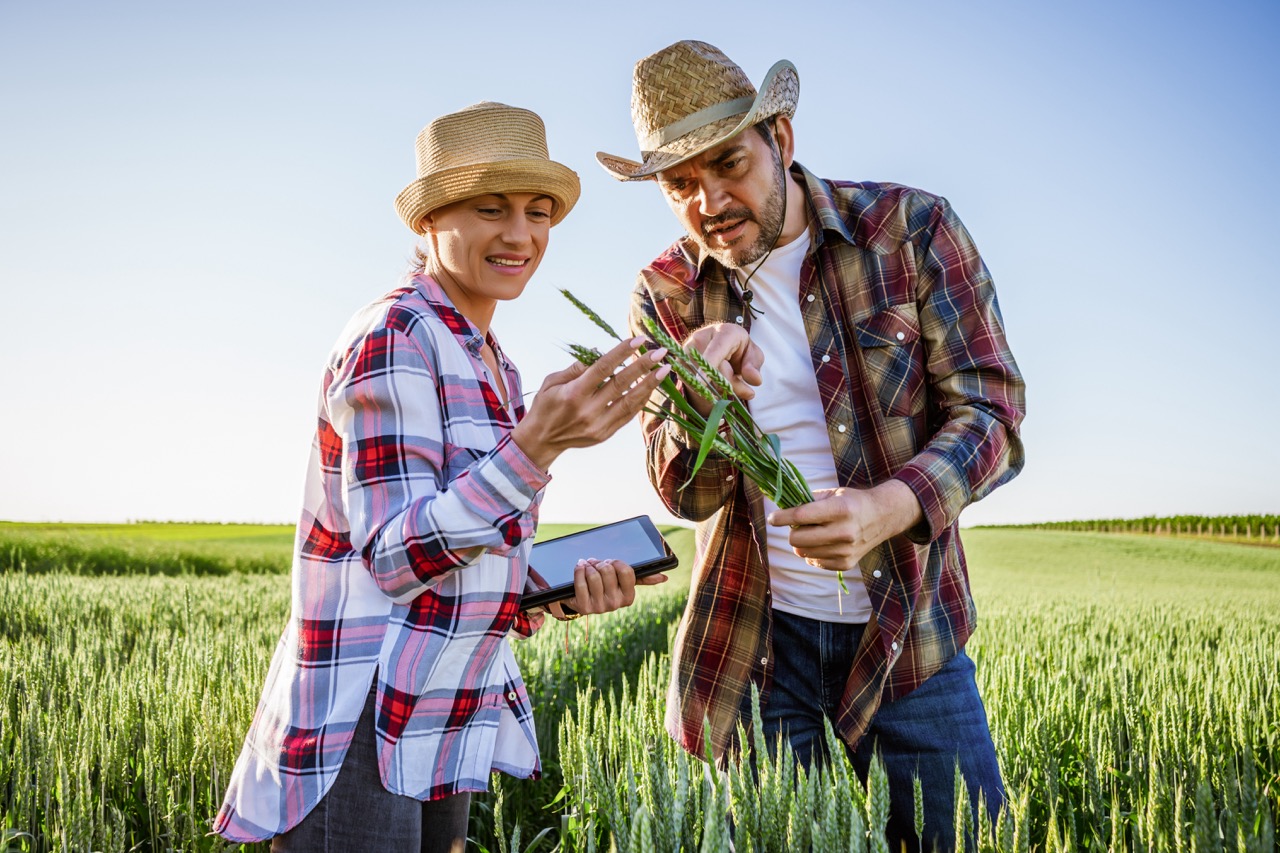In the rapidly evolving world of agriculture, the integration of advanced technologies is essential for enhancing productivity and sustainability. One of the most significant developments in this area is the use of Global Positioning System (GPS) technology. This tool not only aids in navigation but also supports precision agriculture by offering critical insights into field conditions and crop performance. As farmers strive to meet the increasing global food demand, GPS technology emerges as a vital resource in optimizing crop management practices.
Understanding GPS Technology in Modern Agriculture Practices
GPS technology operates through a network of satellites that send signals to receivers on the ground, allowing for precise location tracking. In agriculture, this capability translates into accurate mapping of fields, enabling farmers to identify variances in yield, soil quality, and crop health. The technology is integral to various applications, such as automated steering systems for tractors and drones that monitor crop conditions from above, ultimately enhancing operational efficiency.
Farmers utilize GPS for creating detailed field maps that display variations in soil characteristics and moisture levels. This data aids in making informed decisions regarding planting, fertilizing, and irrigating crops. By understanding the specific needs of different areas within a field, farmers can customize their management practices, leading to improved crop yields and resource conservation.
The implementation of GPS technology is becoming increasingly mainstream, largely due to the decreasing costs of equipment and the increasing availability of user-friendly software. As more agricultural professionals recognize the potential of GPS, its incorporation into daily farming operations is set to grow, paving the way for smarter, data-driven decision-making in crop management.
Key Benefits of GPS for Precision Crop Management Strategies
One of the foremost advantages of GPS technology is its ability to facilitate precision agriculture, which focuses on managing variability in fields to optimize yield. By employing GPS-guided equipment, farmers can conduct operations with extreme accuracy, reducing waste and minimizing the overlap of inputs such as seeds, fertilizers, and pesticides. This not only conserves valuable resources but also reduces the environmental impact of agricultural practices.
Moreover, GPS technology enhances the monitoring and analysis of field data over time. With the ability to track crop performance in real-time, farmers can swiftly identify problem areas, allowing for timely interventions. This proactive approach mitigates the risks of crop loss and promotes healthier yields, ultimately contributing to enhanced food security.
The economic benefits of GPS technology are significant as well. By improving efficiency and maximizing yields, farmers can increase their profitability. Additionally, the technology helps in reducing operational costs by optimizing resource use and minimizing labor expenses. As a result, GPS-driven crop management strategies are not just environmentally sound but also financially viable, making them an attractive choice for modern agricultural practices.
Integrating GPS Tools for Optimal Resource Allocation in Fields
Integrating GPS tools into agricultural practices involves several components, including software, hardware, and data management systems. Farmers can leverage GPS-enabled tractors and machinery equipped with auto-steering systems to ensure precise field operations. This minimizes human error and maximizes the efficiency of various farming activities, from planting to harvesting.
Furthermore, the synergy between GPS technology and Geographic Information Systems (GIS) allows for sophisticated data analysis. Through GIS, farmers can visualize and interpret complex datasets related to soil health, crop yield, and weather patterns. This integration enables more strategic planning and execution of resource allocation, ensuring that inputs are applied only where necessary and in the correct amounts, enhancing overall field productivity.
Training and education on the use of GPS tools are crucial for maximizing their benefits. Farmers must be equipped with the knowledge to utilize these technologies effectively, whether through workshops, online courses, or collaborations with agronomists. By fostering a culture of continuous learning and adaptation, the agricultural sector can fully embrace GPS technology for optimal resource allocation and management efficiency.
Future Trends: Advancements in GPS for Sustainable Farming
The future of GPS technology in agriculture is promising, with ongoing advancements expected to further enhance its capabilities. One significant trend is the integration of GPS with artificial intelligence and machine learning. This fusion will allow for more sophisticated data analysis and predictive modeling, enabling farmers to make even more informed decisions about crop management practices based on historical data and real-time inputs.
Another emerging trend is the increased use of autonomous machinery powered by GPS technology. As advancements are made in robotics and automation, farmers can expect to see self-operating tractors and drones that can plant seeds, apply pesticides, and monitor crop health with minimal human intervention. This will not only enhance efficiency but also address labor shortages in the agricultural sector.
Finally, sustainability will remain at the forefront of agricultural innovation, with GPS technology playing a critical role in resource conservation, reduction of chemical inputs, and improvement of soil health. As the push for sustainable farming practices grows, GPS will continue to evolve, providing vital insights and tools that empower farmers to produce food more responsibly and with greater respect for the environment.
In conclusion, GPS technology is revolutionizing crop management practices in modern agriculture. By providing precise location tracking and data analysis capabilities, it enables farmers to adopt precision agriculture strategies that optimize resource use and increase crop yields. As the technology continues to advance, its integration with other innovative solutions will further enhance sustainable farming efforts. Embracing GPS technology is not merely an option for the agricultural sector; it is a necessity for meeting the challenges of food production in a rapidly changing world.










